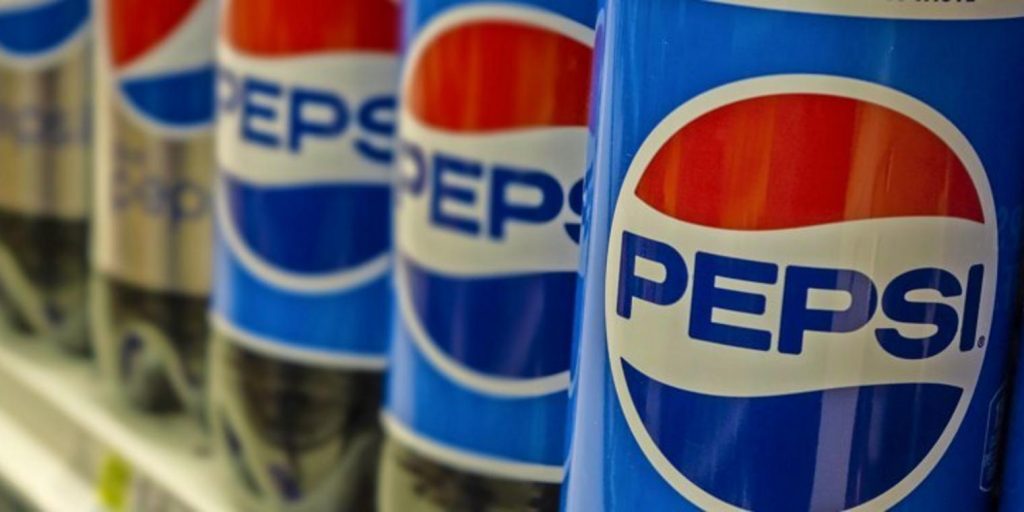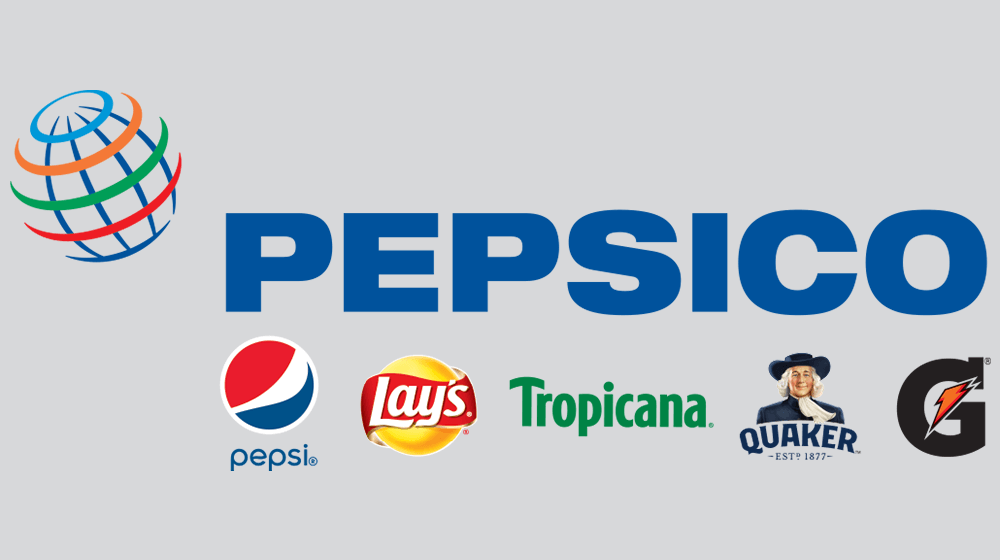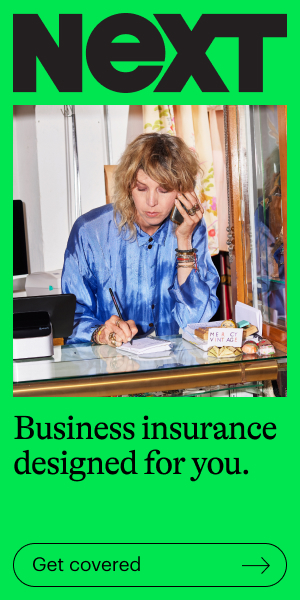With the pandemic putting localization and customization in the spotlight, the marketer sees digital as better-suited to perform than standard media.
PepsiCo has accelerated shifting marketing investments far from direct media and toward streaming and digital platforms as the coronavirus pandemic wears on, executives said throughout a live-streamed discussion at Advertising Week. It’s not an especially unexpected pivot: Cord-cutting, having chosen up steam for several years, took off in current months as consumers ended up being homebound by the health crisis, presenting a chance for brands that have needed to rapidly move more of their operations online.
“We acknowledge just how much of a shift we have seen and an acceleration that we’ve seen in streaming viewership over the previous few months, particularly in light of COVID,” Kate Brady, PepsiCo’s head of media innovation and partnership development, said during the panel, which likewise included a representative from the firm Glow Foundry.
“What we’ve seen is a quick acceleration in our shift in investment away from conventional direct to more streaming, digitally native platforms,” Brady stated.
The company behind food and beverage brand names like Gatorade, Mountain Dew, and Tostitos has previously shown an affinity for streaming during the health crisis, but remarks used at Marketing Week on Wednesday suggest its emphasis on conventional media could be considerably decreased in the future, or a minimum of for the crucial holiday sales duration.
The audience isn’t the only factor driving the modification. As for customization, localization, and addressability climb in significance for PepsiCo, Brady recommended that digital channels are better-suited to deliver results compared to conventional media. PepsiCo has recently run pilots with Roku, the wise TELEVISION service provider that moderated the panel, and deals with a variety of digital startups through its PepsiCo Labs endeavor arm.
“With that [shift towards digital], we’re truly delighted to see how much more addressable we can be in the manner in which we’re targeting our customers [and] just how much more we can utilize the data that we have in our arsenal to be more prescriptive with the messaging that we’re delivering to our audiences,” Brady said.

Course forward
Some experts think linear TELEVISION will never ever recuperate from the effect of COVID-19, a grim forecast that’s been reinforced by posts preponement and cancellations for the lingering number of destination watching occasions, consisting of live sports. PepsiCo still has some high-dollar investments in the space: Pepsi, its leading soda label, is a significant sponsor of the NFL and presented a substantial TV marketing project around the league’s return in September.
“Leveraging digital channels enables us to be much more personalized at the scale that we require.”
— Kate Brady
PepsiCo, head of media development and partnership advancement
But Brady’s remarks highlighted other areas where streaming might have an advantage in the long run, such as a growing need for personalization and localized marketing strategies. Both techniques have ended up being essential for PepsiCo as the U.S. economy weathers a patchwork reopening and faces the threat of further interruptions come winter. Foodservice is a huge part of the organization’s organization, indicating PepsiCo has to get more granular in how it communicates with both its restaurant partners and consumers.
“We acknowledge that regions are opening up on different timetables through COVID,” Brady said. “There’s different messaging that we need to have.
“Leveraging digital channels permits us to be far more customized at the scale that we require in those local departments and have that prescriptive message that fits that need-state of that customer,” she added. “That’s truly the perfect situation we’re searching for.”
PepsiCo isn’t alone in pursuing a more digital-centric course forward. Coca-Cola, which mostly froze its marketing investment at the beginning of the pandemic, has focused on flexibility in turning the communications taps back on. Streaming and digital media enable more wiggle space compared to the standard since they lack the concentrate on high-dollar upfront commitments that are set months ahead of time.
” [Digital] has actually been quite able to, immediately and in genuine time, reach our consumers in various forms … and some of them truly astonished me,” Barbara Sala, Coke’s tactical connection and media director for Central and Eastern Europe, stated at a conference in the spring.
The spotlight on streaming comes as a packaged food business establish bigger digital sales footprints too. PepsiCo earlier this year launched two direct-to-consumer sites to capitalize on the uptick in at-home snacking and customer preference for e-commerce. Last week, the business reported net sales grew 5.3% in Q3, boosted by the snacking classification and continued interest in pantry foods like pancake mix and pasta.
















